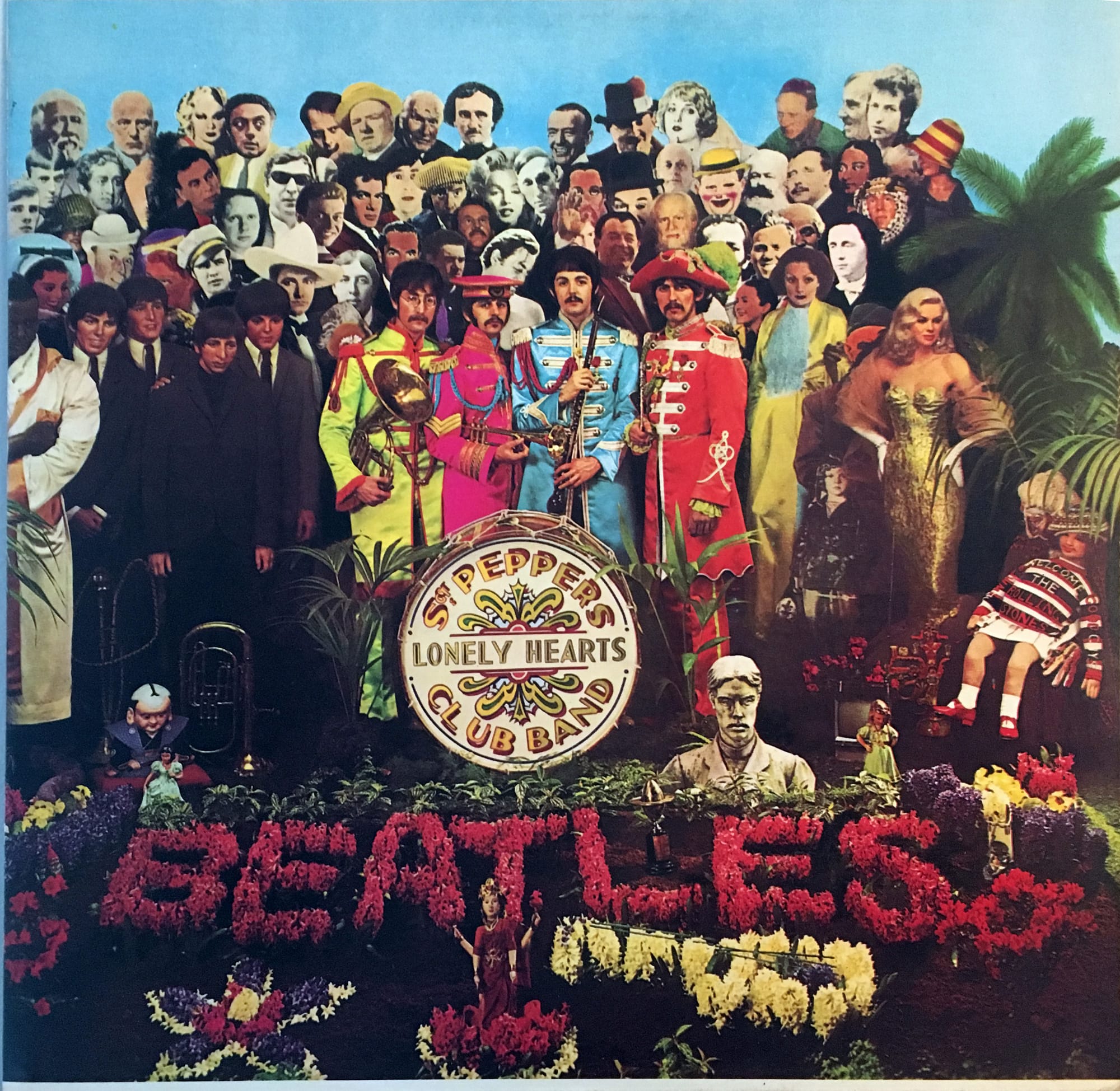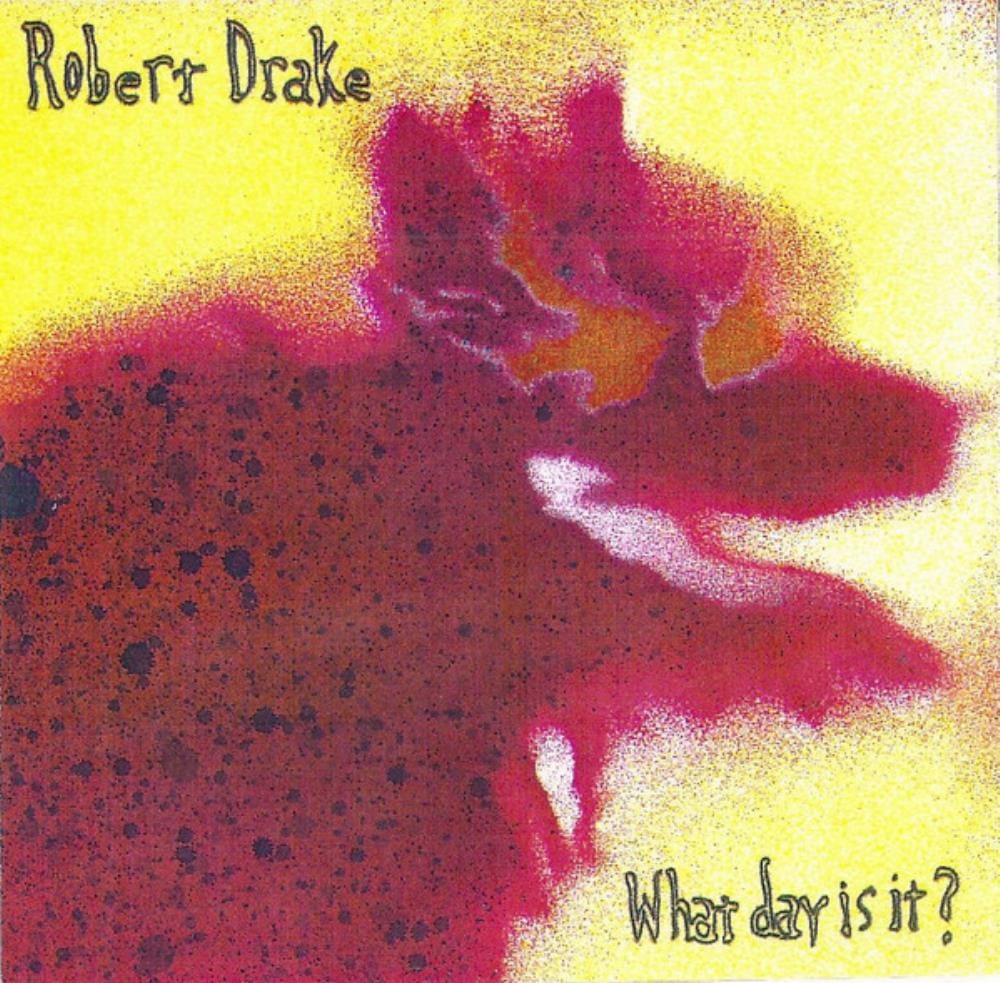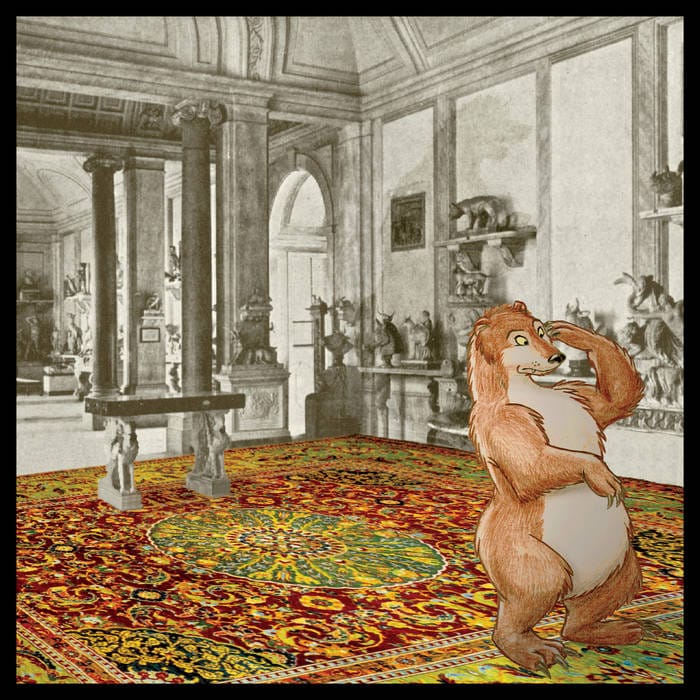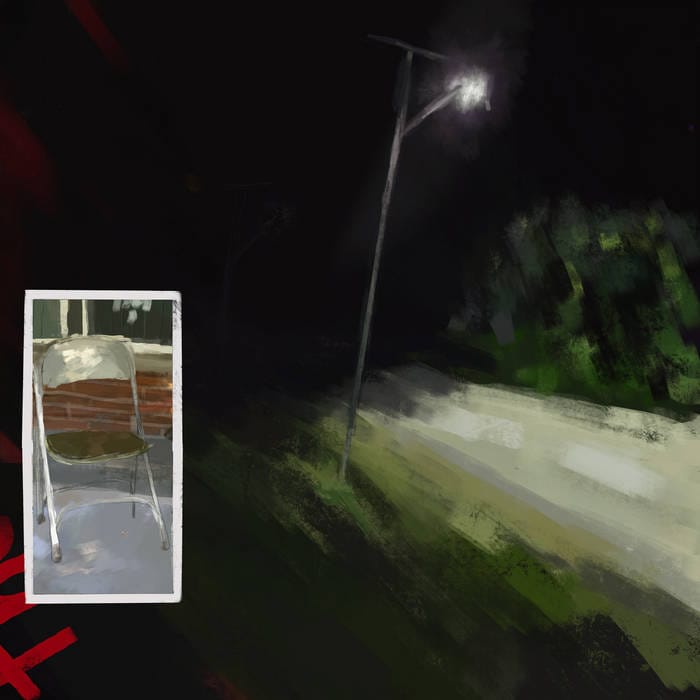Does Furry Music Need Furry Cover Art?
A furry on the cover art may only make it easier to share the album with fewer words to an uninitiated listener, but nothing says those words have to remain unspoken.
When people first encounter furry music, a common question is if furry music needs to look furry. Furry itself is a subculture with a broad amount of visual works: 2D art, fursuits, videography, crafts, 3D art, animation, comics, and more.
It begs the question, does all furry music call itself "furry music" because it looks like it came from the furry fandom? Does it need to have the word FURRY on it with someone's fursona on the cover? Do we value the appearance and language used to describe the music more than the music itself?
I personally think there's a lot of room for nuance when it comes to what constitutes if something is "furry". Being a furry obviously encompasses more than just the visual aspect. You might not be an artist, but you might be a writer, a voice actor, a staff member for a furry con, a volunteer, or maybe you attend furry conventions and other events just to meet up with friends. If you want to draw a line at where the furry fandom's influence changes your relationship to media, there's a lot more than just the aspect of visual art.
If we look back at the history of western music publishing, it was only around the late 30s and early 40s when vinyl album covers started doing more than merely being text on a paper sleeve. This is pretty often attributed to being first done by Alex Steinweiss who was hired by Columbia Records to create illustrations for their albums.

Alex Steinweiss' work with Columbia Records often used bright colors and strong shapes, rarely using photographs of faces of the artist in question. He was hired for his ability to produce striking art and present an image that provoked more than what mere human faces and text could do.
And if I don't mention The Beatles somewhere in this article about cover art, my mom will undoubtedly be disappointed when reading this article. Love you, mom. Anyway, Sgt. Pepper's Lonely Hearts Club Band had the band standing in front of a series of cutouts of historical figures while wearing vibrant outfits. It presented a hyper-reality of the band's image presented to listeners.

So where does this leave furry album art? Bob Drake is often attributed as the first furry musician to have published an album, as he did a self-published run of 1000 CDs in 1994 of his debut album What Day Is It?, which had a blobby, not-quite-human creature on the front. He released the album after attending his first furry convention.

It may not look furry at first glance, but this was a furry record through and through. But perhaps surprisingly, his follow up album Medallion Animal Carpet released in 1999 has something we're probably more familiar with seeing - an anthropomorphic character on the front.

But surely Bob Drake was a furry making music before releasing Medallion Animal Carpet. If we hold all furries to consistently show a picture of their fursona - or some anthro character - on the cover art with every album or release, surely there's a cost to acquiring new character art. Not just in terms of funds, but also limiting what the artist is capable of presenting to the audience.
Perhaps a furry doesn't always need to prove their furry identity with every release, if they have the confidence to put out something without their character on it. The name may be well known enough, the lyrics and themes may be inherently furry, or convey ideas that speak to the audience in a way that's harder to delineate.

It really could all come down to you, the listener. If you find a personal connection with a piece of media that makes you feel like your furry identity is affirmed, who needs an apparent signifier for people besides the listener? A furry on the cover art may only make it easier to share the album with fewer words to an uninitiated listener, but nothing says those words have to remain unspoken. You can always tell your friends about furry albums you're a fan of, even if they don't look the part.



